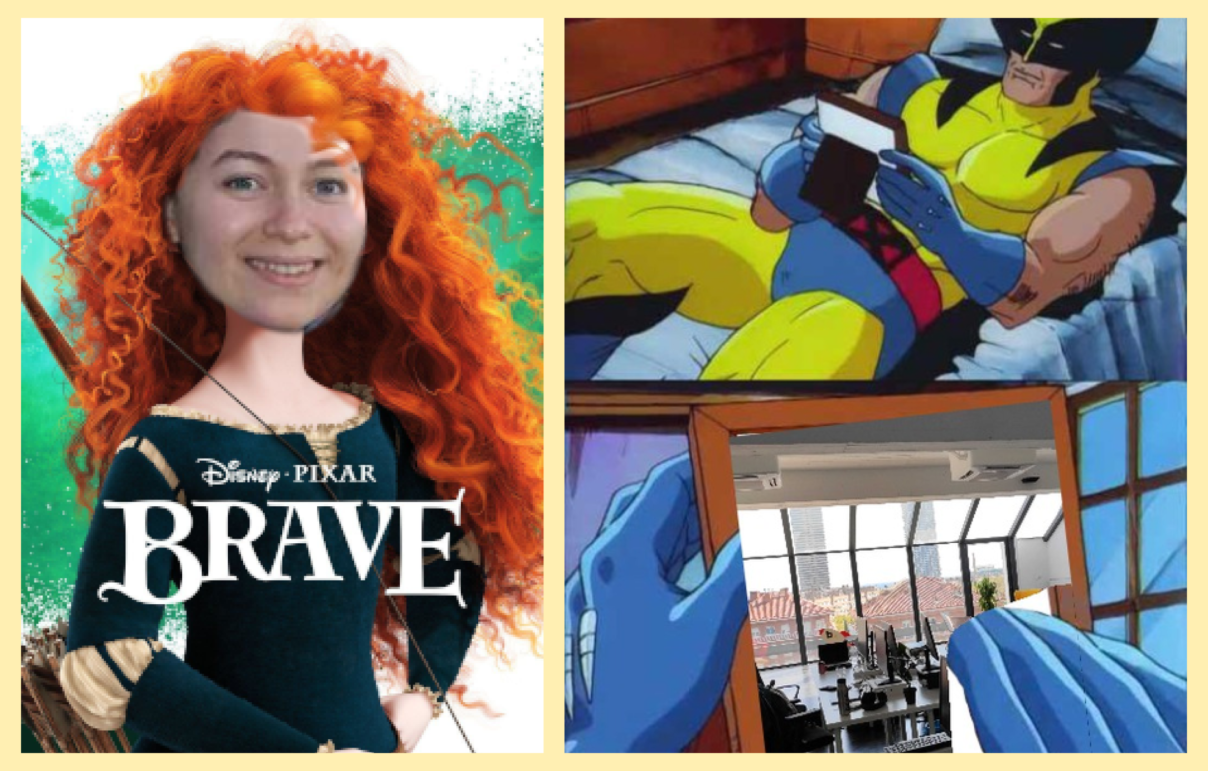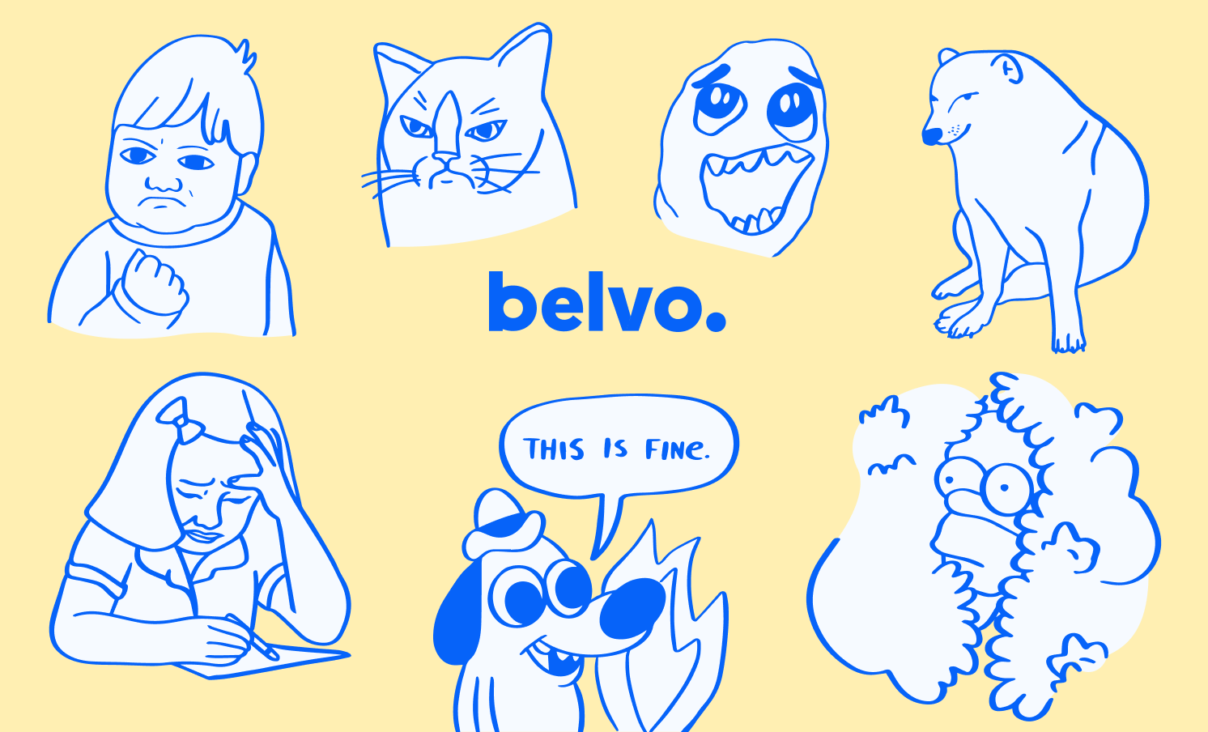Today, these images have become ubiquitous in our daily chats, meetings, and conversations at Belvo, as a key element of the company’s internal communication. But how did this love for the memes come about?
It all started with the ‘success kid‘. You’ve probably seen it: a child proudly clenches his fist in triumph. The difference is that in his place was the face of Pablo Viguera, co-founder and co-CEO of Belvo. “It was at the end of 2019. There were just a few of us in the company, and we’d only met a few times in person. We already had a good relationship between us and humor was part of our way of communicating remotely. We often used GIFs and memes while chatting over Slack,” explains Aristo Meneses, Engineering Manager at Belvo.
However, that day Aristo decided to go one step further to break the ice and created a personalized meme with Pablo’s face to celebrate a small achievement: they had managed to synchronize an internal tool to monitor new customers. The result was a success: the rest of the team, including the founders, started using Pablo’s meme to celebrate other small victories. And just like that, a new language was born at Belvo.

A language of its own
From then on, new personalized memes spawned quickly, referring to other members of the team or funny situations they experienced as the company grew. A dancing cat, a funny gesture captured on a video call, or simply Homer Simpson hiding in the bushes; they all turned into pieces of communication with a new meaning among employees and became commonplace in everyday conversations.
“Memes became a code of their own that we all understand, regardless of our language or place of origin, to express something we all share: humor,” explains Aristo.
Over time, these small images, sometimes turned into emojis to make things even easier, became present in any Slack conversation, or even in internal company presentations, creating a culture of their own.

Some are based on classic internet icons, reinterpreted with a new meaning that would rarely be understood outside the context of the company. Others are simply used to represent a team member or an achievement that deserves to be immortalized (and sometimes, it’s just something embarrassing that someone’s said).
A matter of confidence
“Beyond the anecdote, the way we use memes at Belvo is a direct reflection of some of the characteristics of our culture as a company: of our ability to laugh at ourselves, be humble, and have fun while we work,” explains Maria Santos, Head of People at Belvo. “They are a sign of who we are, and of the kind of complicity that has been created in the company from the beginning, where there are no taboos and there is an atmosphere of trust in which it is natural to share jokes,” she adds.

At Belvo, the teams work in a distributed way. With nearly 40% of the employees work remotely on a permanent basis, spread across different countries and with different schedules, this universal language also helps to facilitate communication and strengthen ties. “Even more so in a situation like the one we are living in, where it is difficult to have direct contact and many of us have not yet seen each other in person,” explains Pablo Viguera.
“This way of communicating helps us to get to know each other better, to see sides of people that would otherwise be difficult, and to build trust quickly despite the distance,” adds the founder and lucky protagonist of some of the team’s most successful memes.
Translation into meme language
Moreover, being a technology company, these images often serve to explain complex technical concepts through humor when language falls short. “Maybe not everyone in the company understands the technical details of a problem we’ve faced, but everyone understands the image of Forrest Gump in his heroic escape,” Aristo explains.

They also serve to express admiration, frustration, or empathy towards the rest of the team. Then again, sometimes they are just there for the sole reason of making sure the team gets a laugh. “Humor helps relieve pressure and build bonds. And it’s a matter of trust. In our case, it’s part of our personality as a company, and memes help us make it tangible as well as visible to everyone,” adds Aristo.
A welcome letter
For newcomers to the company, this form of communication also serves as a kind of introduction letter and helps to quickly show the kind of close, informal relationship that already exists in the team. “It’s the most direct way for new members of the company to see what we’re like, have the confidence to be themselves, and quickly feel part of the team,” adds Pablo. And this is essential in a company that is growing rapidly, where today an average of 15 new people join every quarter.

In fact, the memes even function as part of a small welcoming ritual. It’s no wonder that within a few weeks of joining Belvo, the question already arises: “When are you going to make me into a meme?”
By the way, at Belvo we are growing fast and we are looking for some profiles. If you want to join our team, check out our careers page (and maybe you’ll end up getting your own meme posted in the hall of fame).




